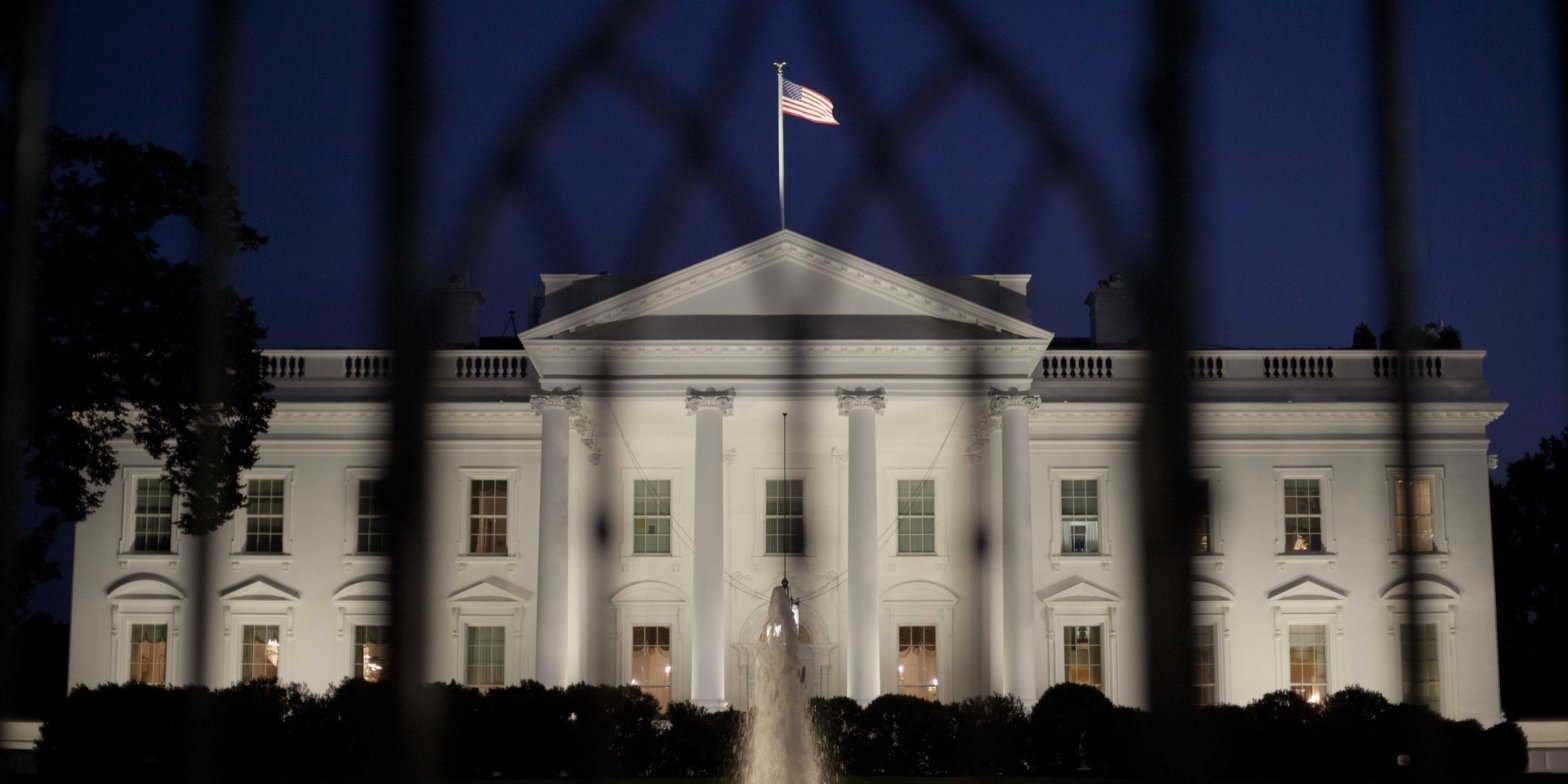The US’s $32 trillion debt mountain may not be as bad as it seems. There are some misconceptions surrounding the national deficit, according to experts. Still, economists say debt problems could arise in the future given the current rate of spending. Loading Something is loading.
Thanks for signing up!
Access your favorite topics in a personalized feed while you’re on the go.
America’s ginormous debt mountain may look like a dire problem for the country, but there are some common misconceptions, experts say, about what the growing debt pile means.
The national debt just blew past $32 trillion for the first time ever, thanks to years of frenzied spending following the pandemic. And that debt load is likely to soar even higher – potentially reaching $50 trillion within the next 10 years, according to a projection from the Congressional Budget Office.
It may spell trouble ahead for the US, especially in the context of rising interest rates. But experts say that there are major misconceptions floating around the US debt problem that could make the nation’s debt load appear more dire than it actually is.
Here are five misconceptions about the country’s debt burden:
1. The US needs to pay off $32 trillionTechnically, the US needs to pay the interest on its debt, and the principal of maturing government bonds. It’s actually uncommon for nations to completely pay down the debt after accruing large balances, according to Nobel economist Paul Krugman. Such is the case for Great Britain, which is still holding onto debts it incurred during the Napoleonic wars.
It cost the US just $395 billion to service its debt last year, according to the Office of Management and Budget. That’s around 1% of last year’s GDP.
Still, economists say debt servicing costs could rise dramatically in the coming years. It could cost the government $663 billion this year to service its debt, per a CBO estimate, and there’s also $7.6 trillion of government bonds that’s set to mature over the next twelve months. That’s around a third of the total balance, or a quarter of America’s entire GDP.
2. The current debt balance is far too highThe public debt balance actually needs to be evaluated in relation to GDP. The US’s debt-to-GDP ratio hovered around 97% last year, below a key threshold of 100%.
“[$32 trillion is] meaningless. It’s really in the context of GDP, the resources that are available to make good on the interest of the principal payments on that debt,” according to Mark Zandi, the chief economist at Moody’s Analytics. “A common mistake people make is that they quote these big numbers, but fail to recognize that there’s some really big numbers supporting that debt,” he added.
3. Debt is bad for the US economyDebt helps the government carry out critical functions. It also helps fund important investments like climate change initiatives and building new infrastructure, Zandi said.
“In the case of the government, using debt is a very appropriate and desirable way to finance a lot of what they do,” he added. “People get really anxious about the government borrowing anything, and that’s a mistake. We need the government to be out there borrowing money because of the long-term investments it’s making in our economy.”
4. The US needs to pay off the debt quickly to prevent a crisisThe US isn’t at immediate risk of a debt crisis, though trouble may be brewing down the road given the current rate of spending, Zandi said.
The US can quell worry among bond market investors by moderating its spending in relation to GDP and the current interest rate level, or by revving up economic growth. And by some accounts, the US is growing too fast to spiral into a debt crisis now, with the Atlanta Fed forecasting 5% GDP growth during the third quarter.
5. America’s debt problem is uniqueRising debt levels is a worldwide issue. China’s debt problems are now eating away at the nation’s property sector. Middle Eastern nations are also flirting with a debt crisis, and the worldwide debt balance will likely trend upwards in the coming years, according to International Monetary Fund economists.
“This is more of a broader sovereign debt problem that’s starting to develop. So I do think this is an issue that, unless policymakers change policy or the economy does much better than anticipated, is going to be a problem down the road,” Zandi said.
